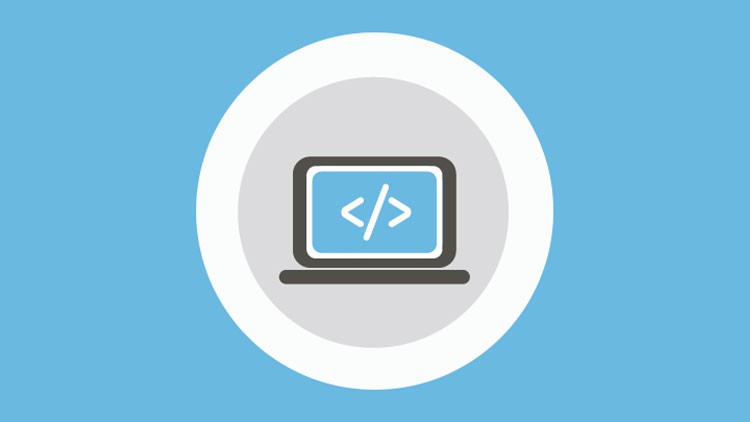
Description
In the introduction of JAVA hibernate where an overview of hibernating will be given. This includes explaining object-oriented concepts, JAVA object creation, JAVA objects assignment to database tables, JAVA annotations, and much more. This will help students learn the basics of syntax along with a reason to use hibernate in the business. Students will be able to write small code snippets to have transactions with the database by the end of this module. This chapter will act as a stepping stone to learn advanced concepts in hibernate. In the previous chapter, we covered almost all the basics which are sufficient to code in hibernate. In this chapter, we will hands-on session by developing a project using hibernate coding. This project will be developed on the real-time business model which will help in covering all the basic concepts and coding skills learned in the previous chapter.
Hibernate is an open-source lightweight framework termed as ORM. ORM is an abbreviation for object-relational mapping for mapping the front end object-oriented language, here JAVA with the backend database like SQL or any other as well. This framework was developed in 2001 by Gavin king and his colleagues from Cirrus technologies as an alternative to EJB2 entity beans. Since it is open-source, it can be downloaded free from the internet and be implemented at the time of project development.
Hibernate’s main role is to map JAVA object classes with the database tables. It also maps JAVA data types with DBMS data types. The functions defined under the hibernate library directly generates and calls SQL statements instead of a coder applying his/her brain in writing PL/SQL codes fetching result converted sets.
- Students will get to understand basic understanding of how JAVA as a language works in sync with the database with the help of hibernate to make sure the project is robust and free of data migration hassles.
- Students will get lifetime access to hibernate online content accessing this they can practice as per their convenience. They can enrich their knowledge concerning JAVA language.
- Students can learn about spring, spring boot, advance spring concepts along with hands-on sessions containing projects based on the real-time business scenario.
- Students to this training will get to work on end to end spring framework with implemented functionalities of hibernating using JAVA as a base language.



